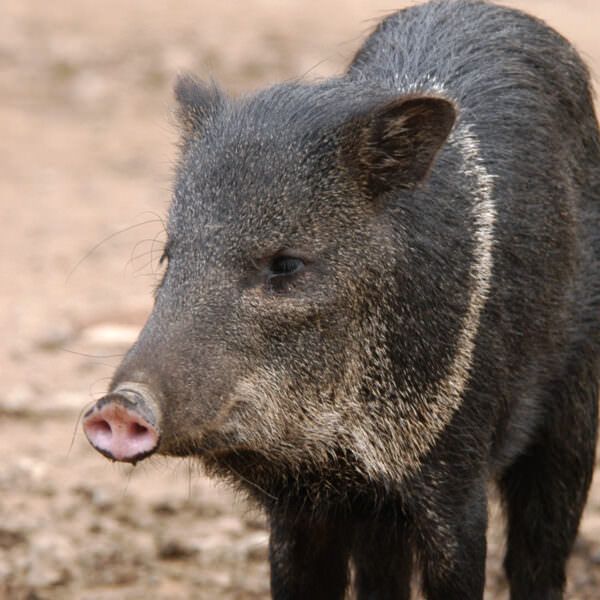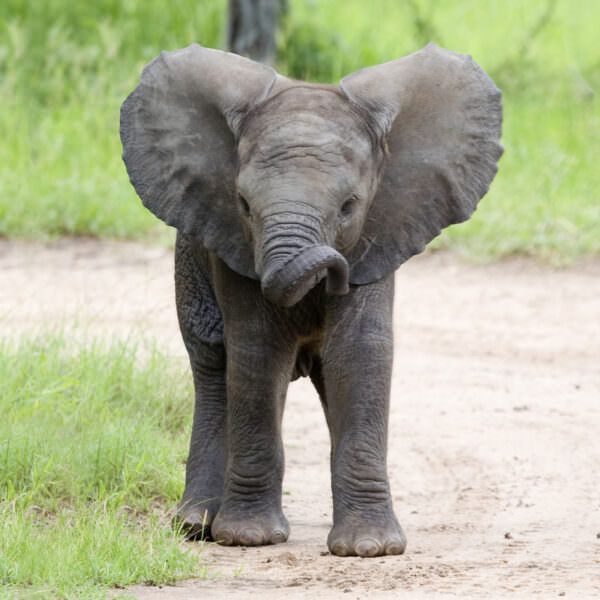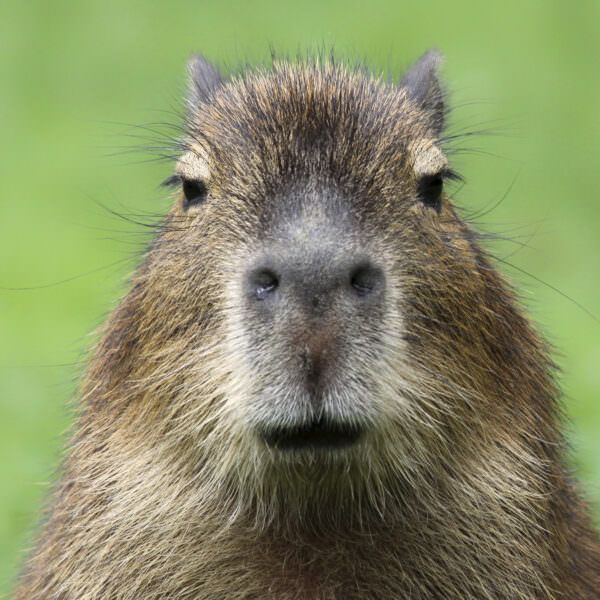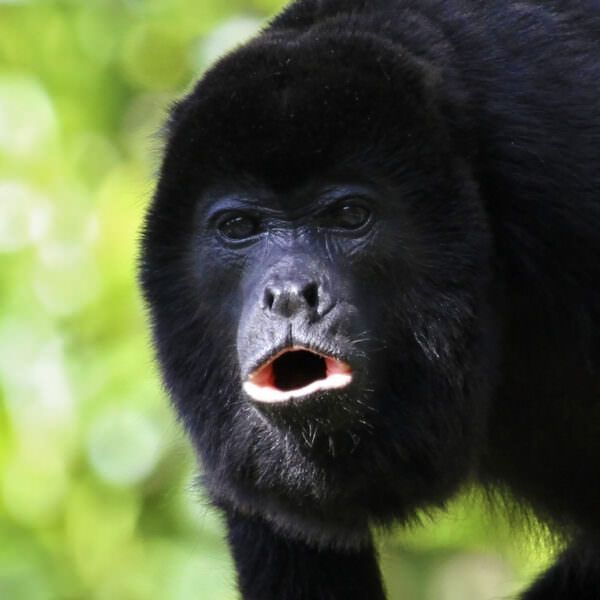Anatomy
Agile and lean, capuchin monkeys weigh only 3-9 pounds (1.36 – 4.9 kilograms). The fur of the capuchin monkey varies, but is most commonly seen with cream or light tan coloring around the face, neck and shoulders. The rest of its coat is dark brown. The hair is shorter and darker on the capuchin’s back than on other parts of its body. The face of this cute monkey will range from white to pink in color. The tail is long, covered in hair and is partially able to wrap around branches.
We're All In
Together, we're building a future where people and nature thrive. Sign up today and join our movement...
Habitat
The exact range of the capuchin monkey is not known, although it is assumed that they inhabit a large range in Brazil and other parts of Latin America. Capuchin monkeys usually live in large groups (10 – 35 individuals) within the forest, although they can easily adapt to places colonized by humans. Each group is wide-ranging, as members must search for the best areas to feed. They communicate with each other using various calls. Capuchins can jump up to nine feet (three meters), and they use this mode of transport to get from one tree to another. To mark their territories, capuchin monkeys leave a scent by soaking their hands and feet in urine. Remaining hidden among forest vegetation for most of the day, capuchin monkeys sleep on tree branches and descend to the ground only to find drinking water.
Diet
A typical diet for capuchin monkeys includes fruit, insects, leaves and small birds. They are particularly good at catching frogs and cracking nuts, and it is suspected that they may also feed on small mammals.
Threats
Capuchin monkeys are very clever and easy to train. Because of this, they are used to help people who are quadriplegics in many developed countries. They have also become popular pets and attractions for street entertainment, and are hunted for meat by local people. As they have a high reproductive rate and flexibility of habitat, loss of the forest does not negatively impact the capuchin monkey populations as much as other species. Natural predators include jaguars and birds of prey.
Sources
- Jukofsky, Diane. Encyclopedia of Rainforests. Connecticut: Oryx Press, 2002.
- University of Michigan Museum of Zoology
- “Capuchin Monkey,” Mindy’s Memory Primate Sanctuary website, 2007.
- “Monkeys,” Monkeys website, 2007.
- Animal Info
- Capuchin Monkeys



